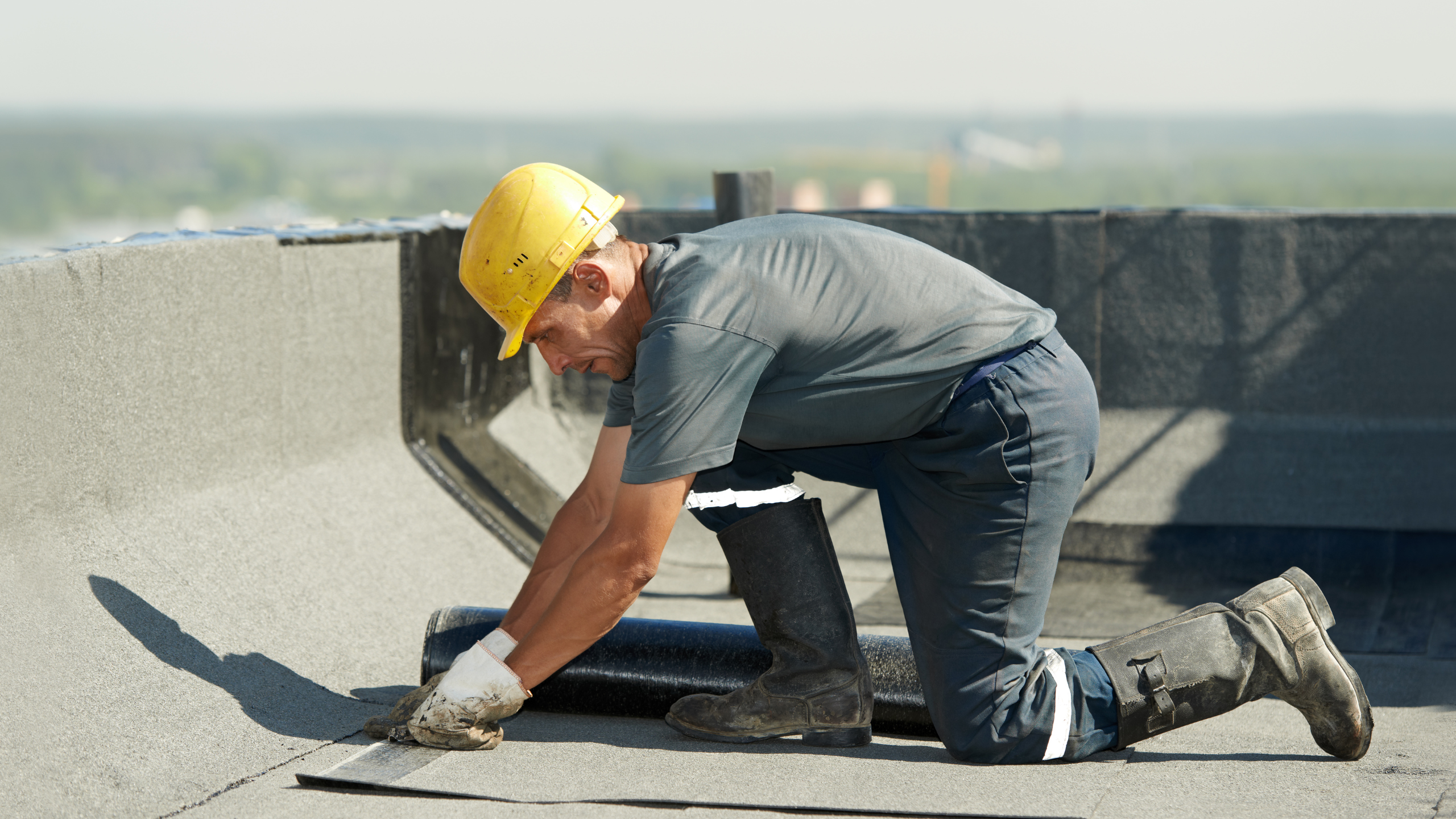Your roof is more than just a cap on your home; it’s your shield against the elements, safeguarding everything you hold dear. Yet, despite its critical role, it’s often overlooked until a problem arises. Roof maintenance is not only about fixing leaks but also about preserving the integrity of your entire home. In this guide, we’ll delve into the importance of maintaining your roof, practical tips for homeowners, and seven essential roof maintenance strategies to extend its lifespan.
Why Maintain Your Roof?
Your roof is exposed to constant wear and tear from weather, debris, and other factors. Regular maintenance ensures that small issues are addressed before they escalate into costly repairs. Investing in roof maintenance protects your home’s structural integrity, prevents water damage, preserves indoor air quality, and enhances energy efficiency. Moreover, routine upkeep can potentially add years to your roof’s lifespan, saving you money in the long run.
Let our Wayne Roof Experts be your trusted advisors. If your roof is showing signs of aging and disarray, it might be a good time to contemplate a replacement. However, if you’re facing minor storm damage, a repair might be all that’s needed. Reach out to us today to have one of our skilled roofing experts assess your situation!
How Do You Maintain a Roof at Home?
Maintaining your roof doesn’t have to be daunting. Here are some simple steps you can take to keep it in top condition:
- Regular Inspections: It’s important to check your roof two times a year, ideally in spring and fall when the weather is milder. Look closely at the whole roof for any damage or signs of wear. Check for cracked, curled, or missing shingles, and see if roof parts are sagging. Also, look inside your home for water stains on the ceiling, as these could mean a leak. Catching problems early helps stop them from getting worse.
- Keep Gutters Clean: Blocked gutters can harm your roof by causing water to overflow. Clean your gutters regularly to make sure water can flow away properly. This is especially crucial in fall when leaves and debris can build up fast. Consider using gutter guards to help stop debris from building up too much and reduce how often you need to clean your gutters.
- Trim Overhanging Branches: Trees near your house can be risky during storms or strong winds. Branches that hang over your roof can rub against it and damage the shingles over time. To prevent this, cut back any branches that reach over your roof, keeping them a few feet away to reduce the risk of damage. Regularly trimming branches helps keep the trees healthy and lowers the chance of debris falling onto your roof during storms.
- Repair Damaged Shingles: Even small damage to your roof’s shingles can let water in and cause problems. It’s important to fix any issues quickly by replacing damaged or missing shingles as soon as you notice them. This stops water from seeping into the layers beneath your roof and causing more damage, like rot or mold. Keep some spare shingles handy for quick repairs, or get help from a professional if the damage is more serious.
- Clear Debris: Besides keeping your gutters clean, it’s also necessary to remove any other debris from your roof regularly. Leaves, twigs, and other stuff can trap moisture and encourage the growth of algae, moss, or mold, which can harm your roof. Use a broom or leaf blower to sweep debris off your roof, being careful not to damage the shingles. You could also consider using bird or pest deterrents to stop nests and droppings from building up.
- Check Flashing and Seals: The flashing around things like chimneys, vents, and skylights is crucial for keeping water out of your home. Over time, flashing can get loose, corroded, or damaged, which stops it from working properly. When you inspect your roof, look closely at the flashing and seals to see if they show signs of wear or damage. If they are, replace them quickly to keep your roof watertight. Good-quality sealants or caulks can help strengthen weak spots and make your roof last longer.
- Professional Maintenance: While doing some maintenance yourself is important, some jobs are better left to experts. Hire qualified roofers to do thorough inspections and repairs, especially for bigger issues or larger roofs. They have the skills, experience, and tools to find and fix hidden problems properly. They can also advise you on looking after your roof and suggest any upgrades that could improve it. Schedule regular appointments with a trustworthy roofing company to keep your roof in good shape all year round. Eds to Know.
Conclusion
Your roof is a vital component of your home’s structure, and proper maintenance is key to its longevity. By implementing these roof maintenance tips, you can protect your investment, preserve your home’s integrity, and enjoy peace of mind knowing that your roof is in excellent condition. Remember, a little maintenance now can save you from costly repairs down the road. Make roof maintenance a priority, and your home will thank you for it in the future.





